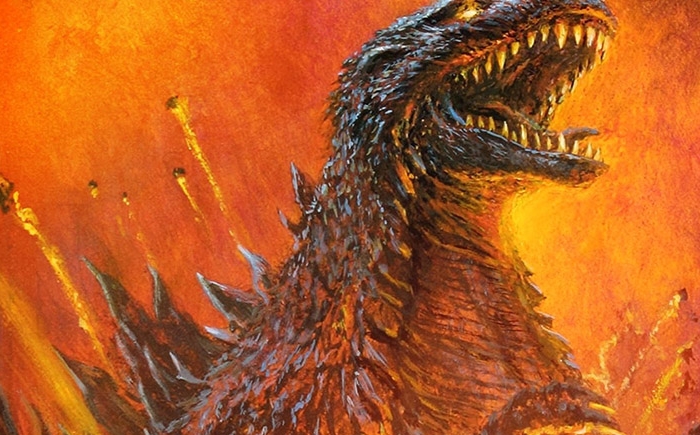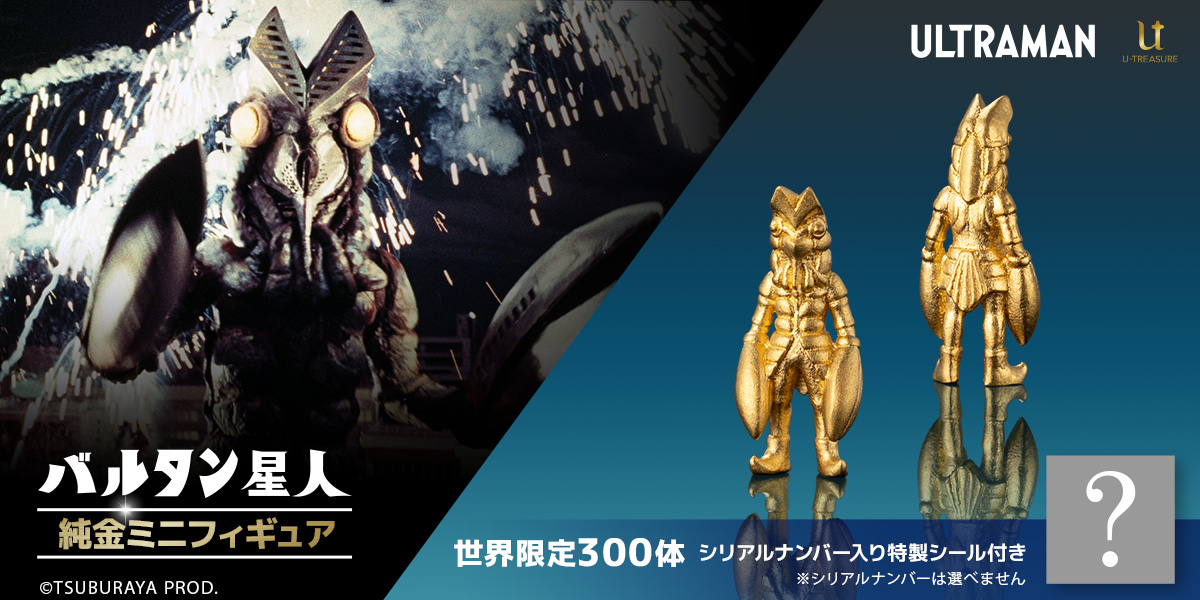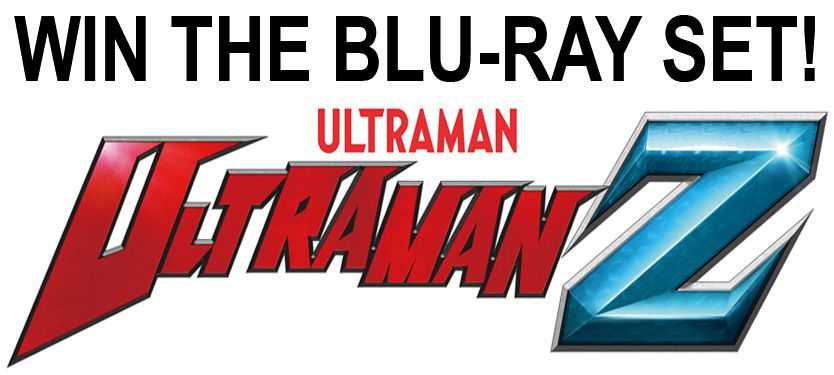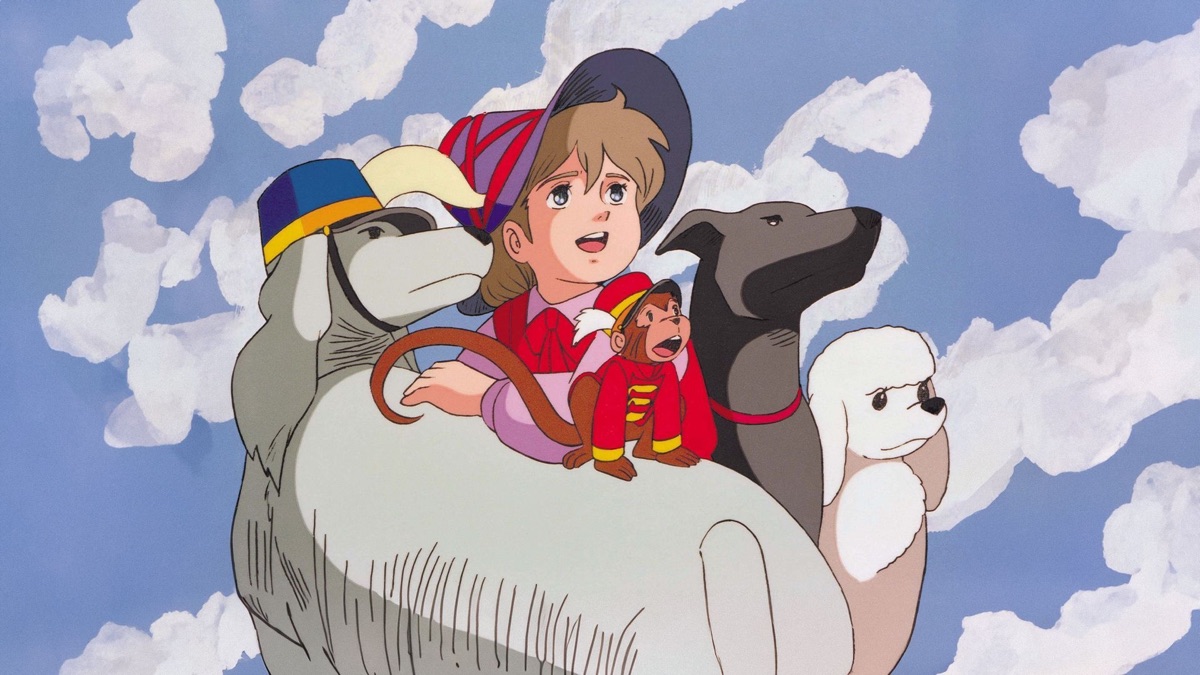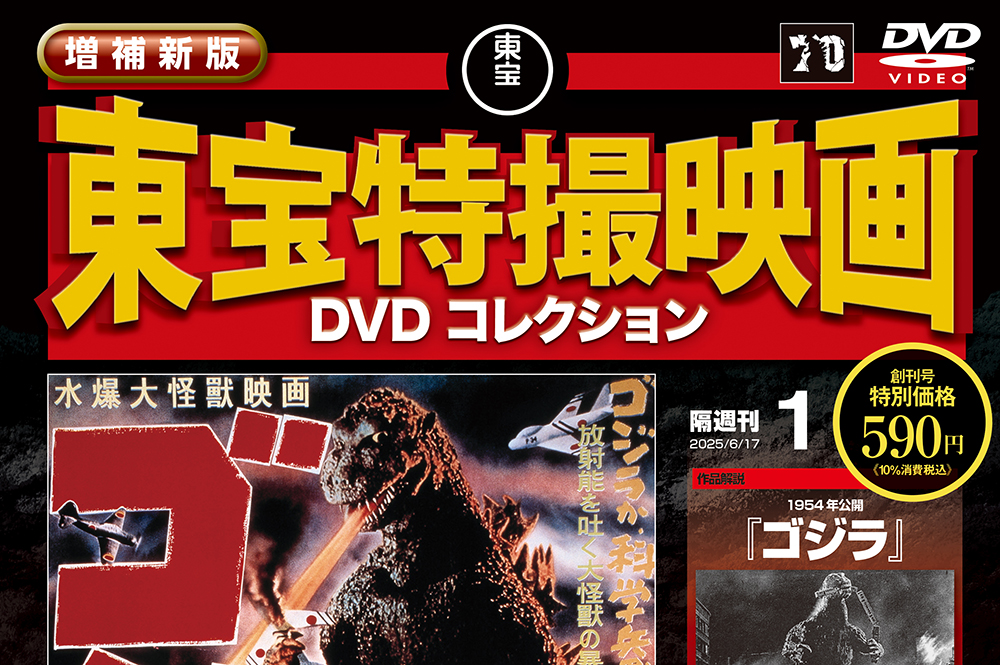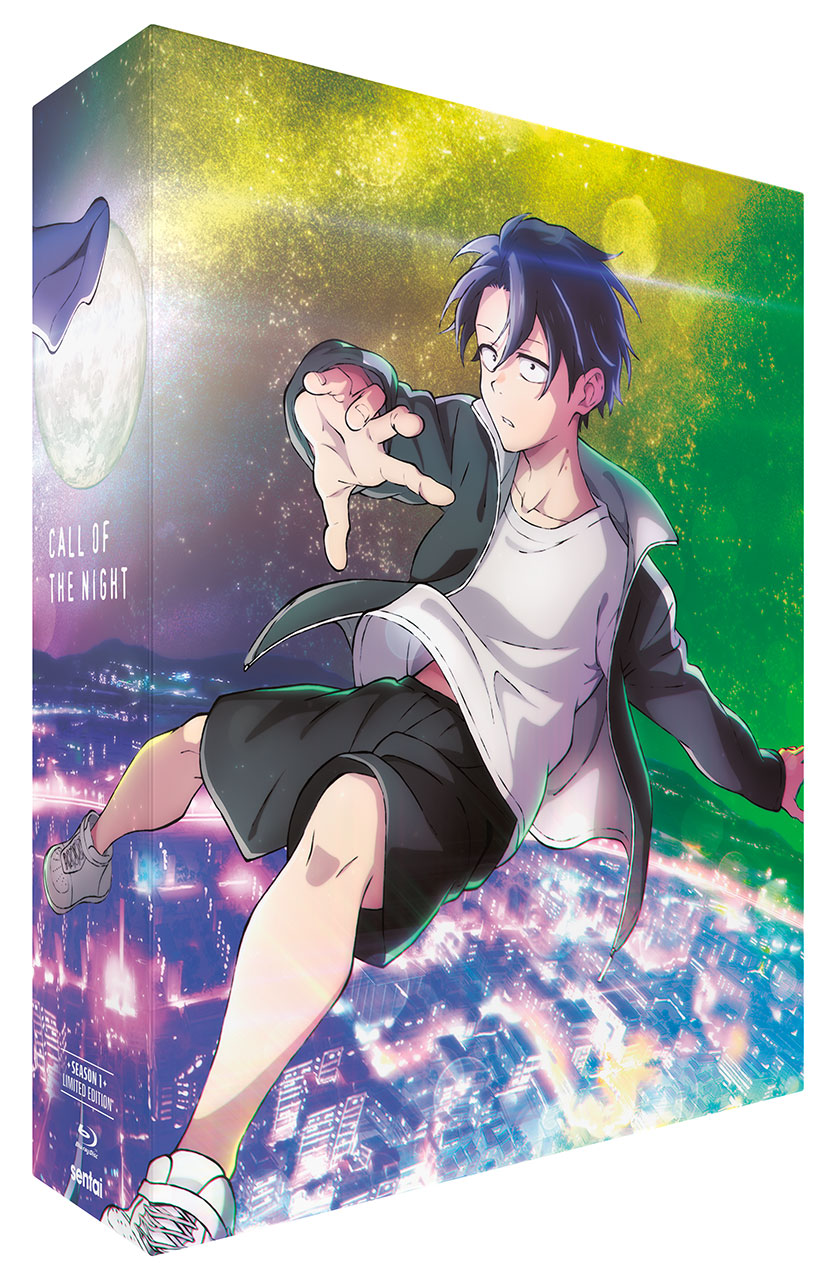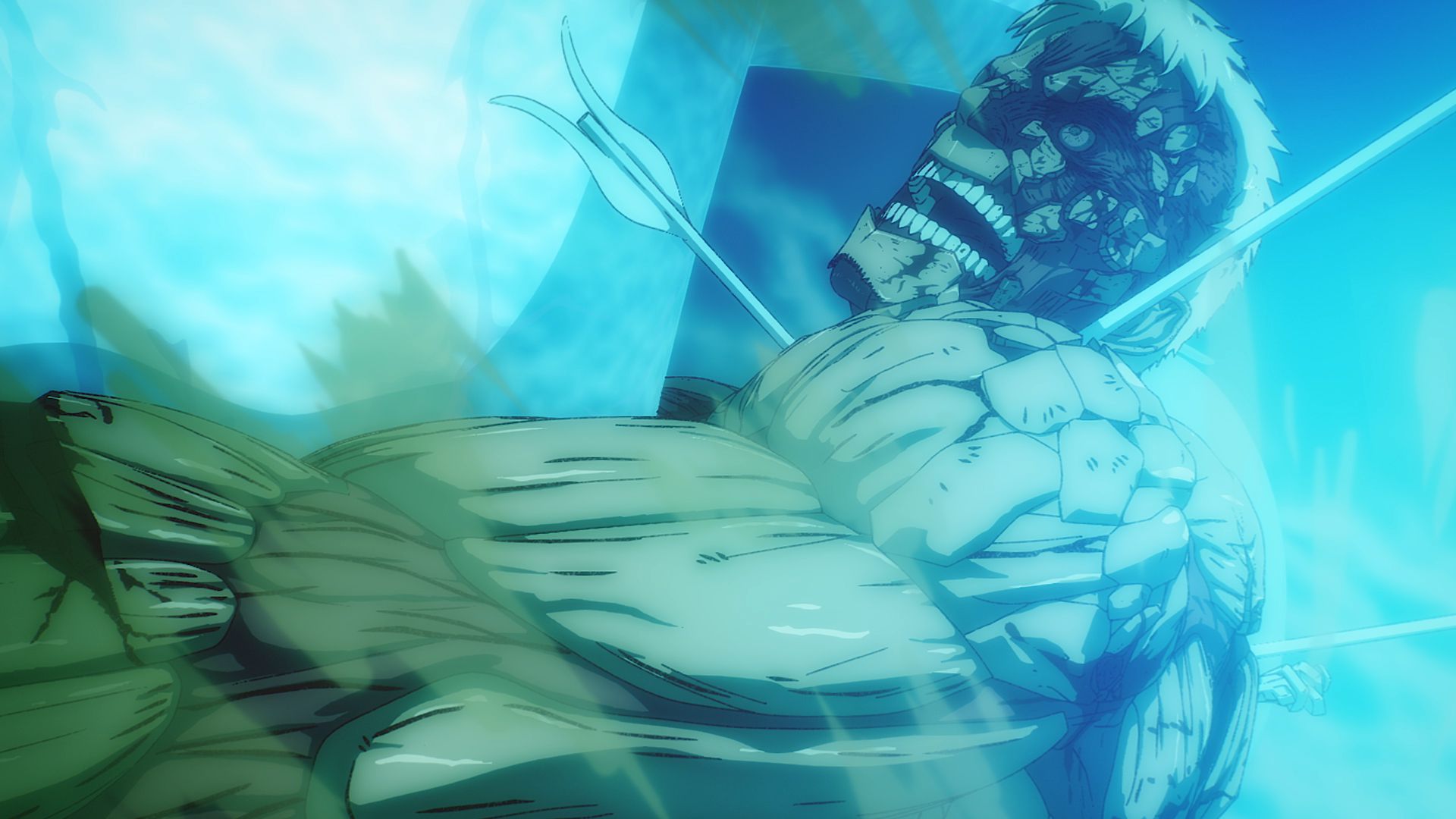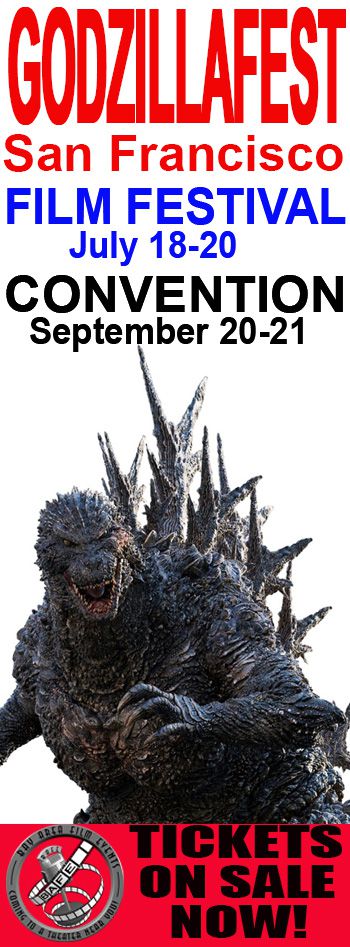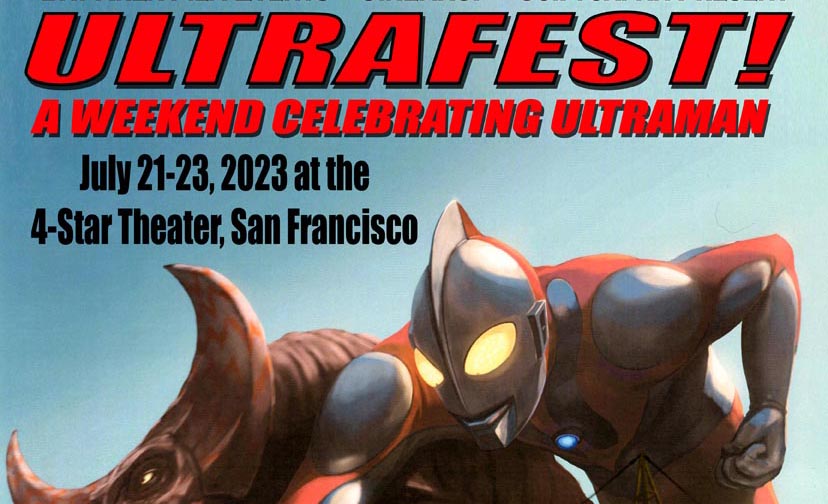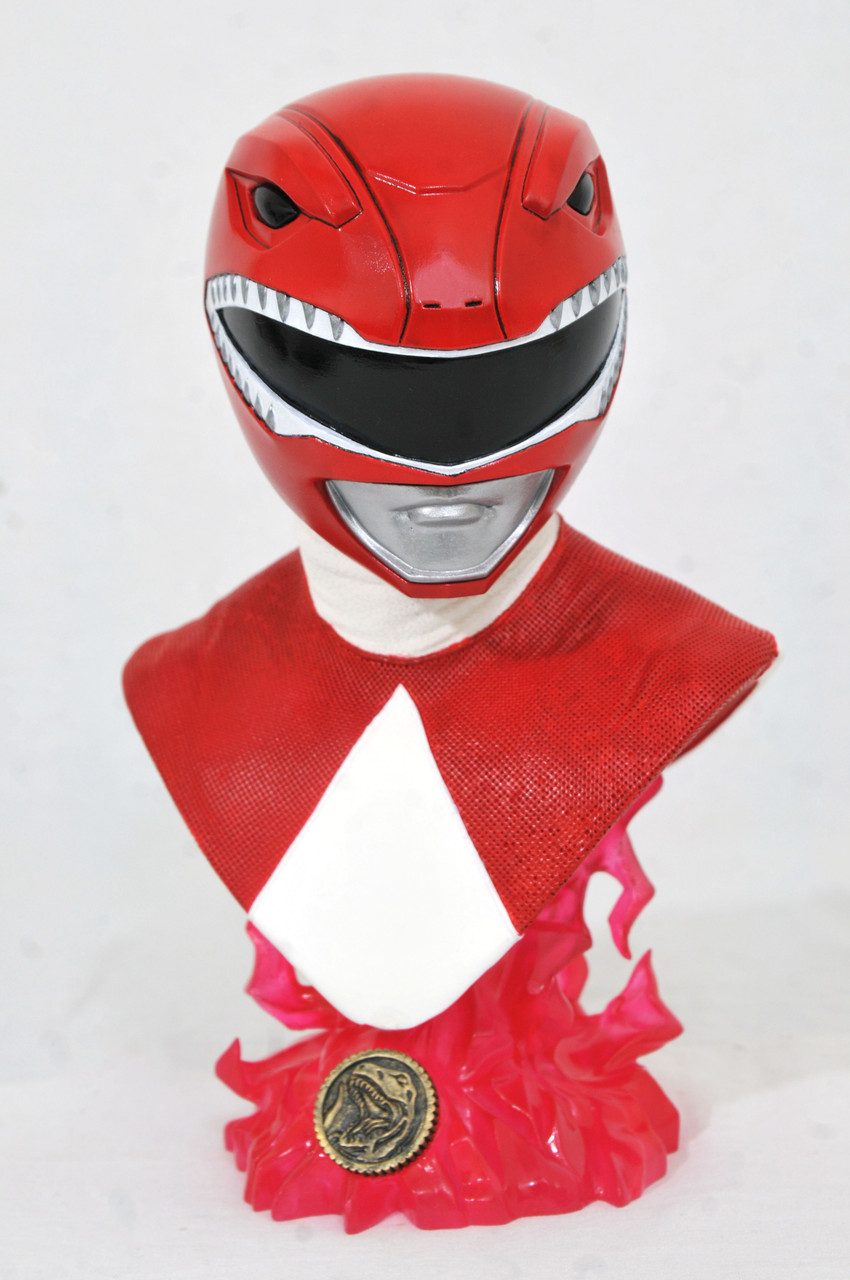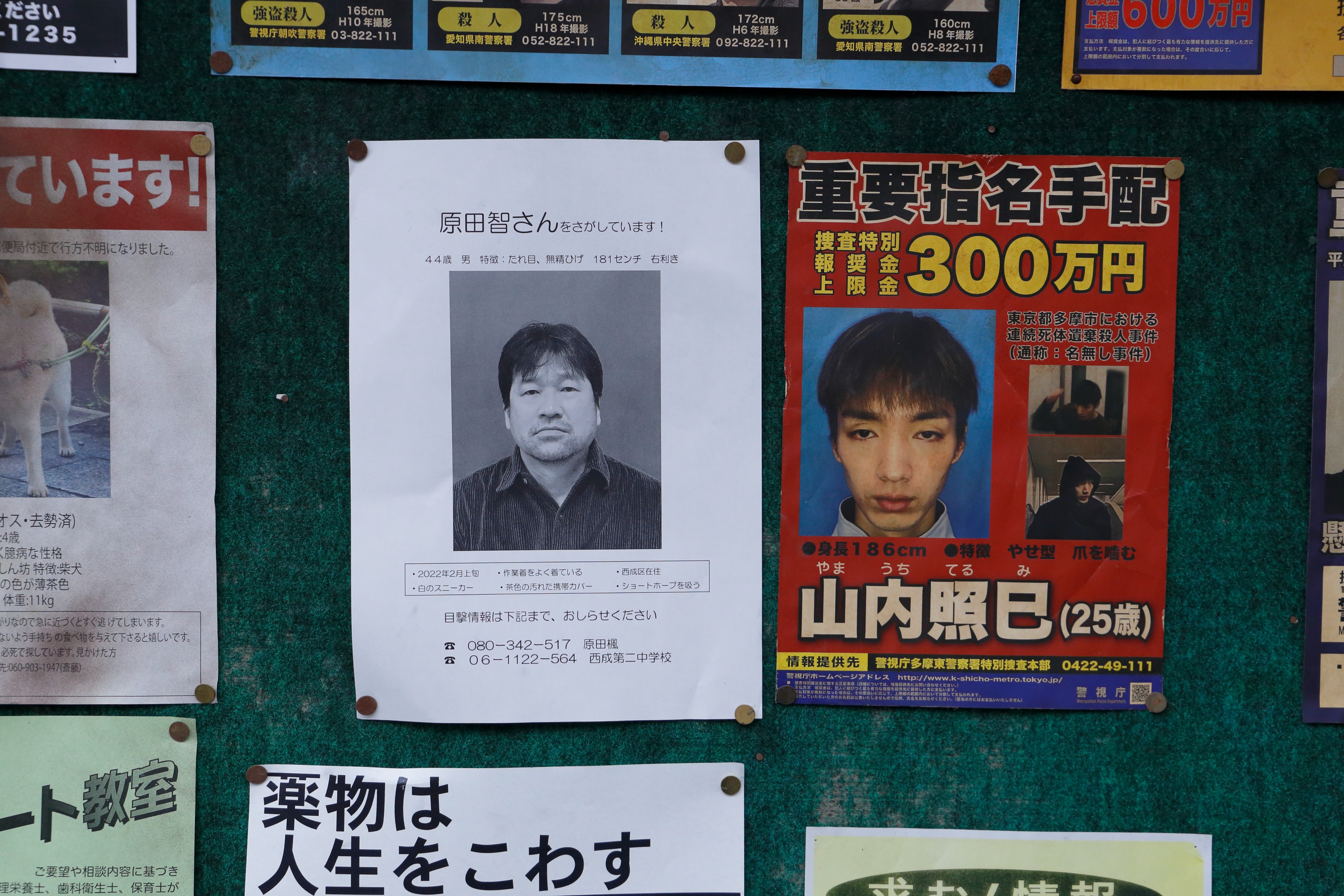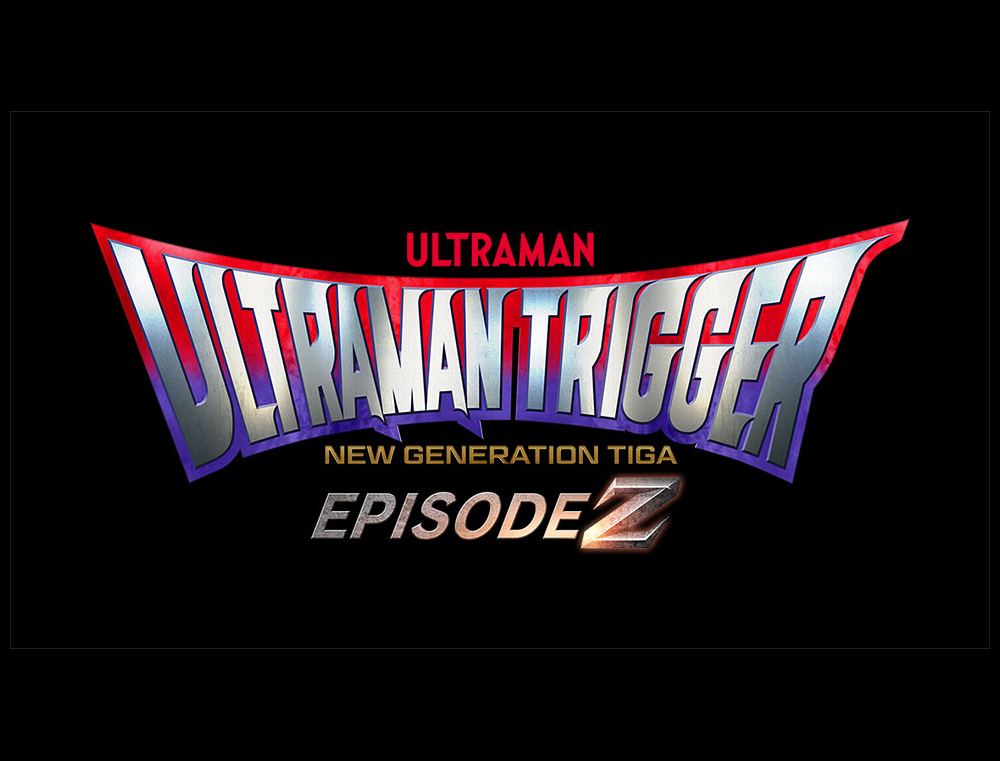Games created by Japanese developers, released first in Japan, have a lot of major differences when compared to games made for Western audiences. It`s not just the language difference and the need for localization - Japanese narrative styles mean that developers in the east have a different idea of what a plot needs to include to be entertaining.
This was explored in a recent Gamasutra article that compared Japanese and Western narrative styles in video games. Writer Emma Rausch explained that Japanese studios like to use visual clues such as the giant exclamation mark that shows when guards are alerted in Metal Gear Solid, and some incorporate elements from manga (Japanese graphic novels) and Kabuki theatre as well. However, one of the biggest Japanese narrative themes that we see (and one that will stand out to most gamers) is that Japanese games make players feel part of the game world instead of the hero. Rausch said that, rather than making the player character a lone wolf, many Japanese games feature camaraderie. In many Japanese-made games, players see groups of friends working together for a common goal.
There are several games that have found success by using these narrative elements. In FINAL FANTASY 15, players assume the role of a prince (Noctis) who must go on a quest to steal back a crystal to defeat an empire. Noctis isn`t alone, however, as he goes on this journey with his three best friends. The fact that this isn`t a lone hero adventure, as well as the relatability and humor of the group, helped the game to sell more than 8.4 million copies around the world.
Likewise, in MONSTER HUNTER WORLD, a fantasy game about studying taking down monsters as big as Godzilla, the game is tailored for those who want to enjoy it together. In the plot, you are part of a research group but, on top of that, you can team up with three other players. The game takes place on a grand scale but you aren`t alone and your character is working with other characters (directly or indirectly) to learn more about these huge creatures. There`s also the less-than-heroic player character trope in Japanese game development, which we`ll discuss next.
The `Everyman`
One reason why Konami`s massively popular horror game SILENT HILL proved to be such a hit, and why it became the foundation of modern horror gaming, is that its `everyman` protagonist was ordinary and lacked combat training. His ordinariness makes the game somehow scarier. Konami has even managed to use the narrative technique in its online slot games. Games offered by this famous Japanese developer make the player character part of a bigger story, despite slot games not having traditional narratives (for Japanese or western audiences). In ROMAN TRIBUNE, a slot game set in the time of the ancient Roman empire, players are powerful warriors called tribunes. However, these tribunes have a duty to lead an army and, so, even as players enjoy matching up symbols, the symbols themselves tell the story of the army getting ready for battle. Games like Monster MONSTER HUNTER WORLD, FINAL FANTASY, and those offered by other studios like Konami are just a snapshot of the games that have been successful both in and outside of Japan. However, not every game has been able to enjoy that success. Many JRPGs (Japanese RPGs) have not been able to find an audience, partly because the narrative design may feel alienating to Western players. Western players may want to feel like the sole hero, rather than a small part of a team. Themes like Kabuki theatre (which uses face paint) are also unfamiliar to most gamers in the West, which is why games like KABUKI WARRIORS, deemed average by Japanese publications, was critically panned outside of the Asian country. None of this means that Japanese narrative devices can`t be popular at some point. What it does mean, however, is that Japanese developers will have to soften the edges in order to make them work for players everywhere.


